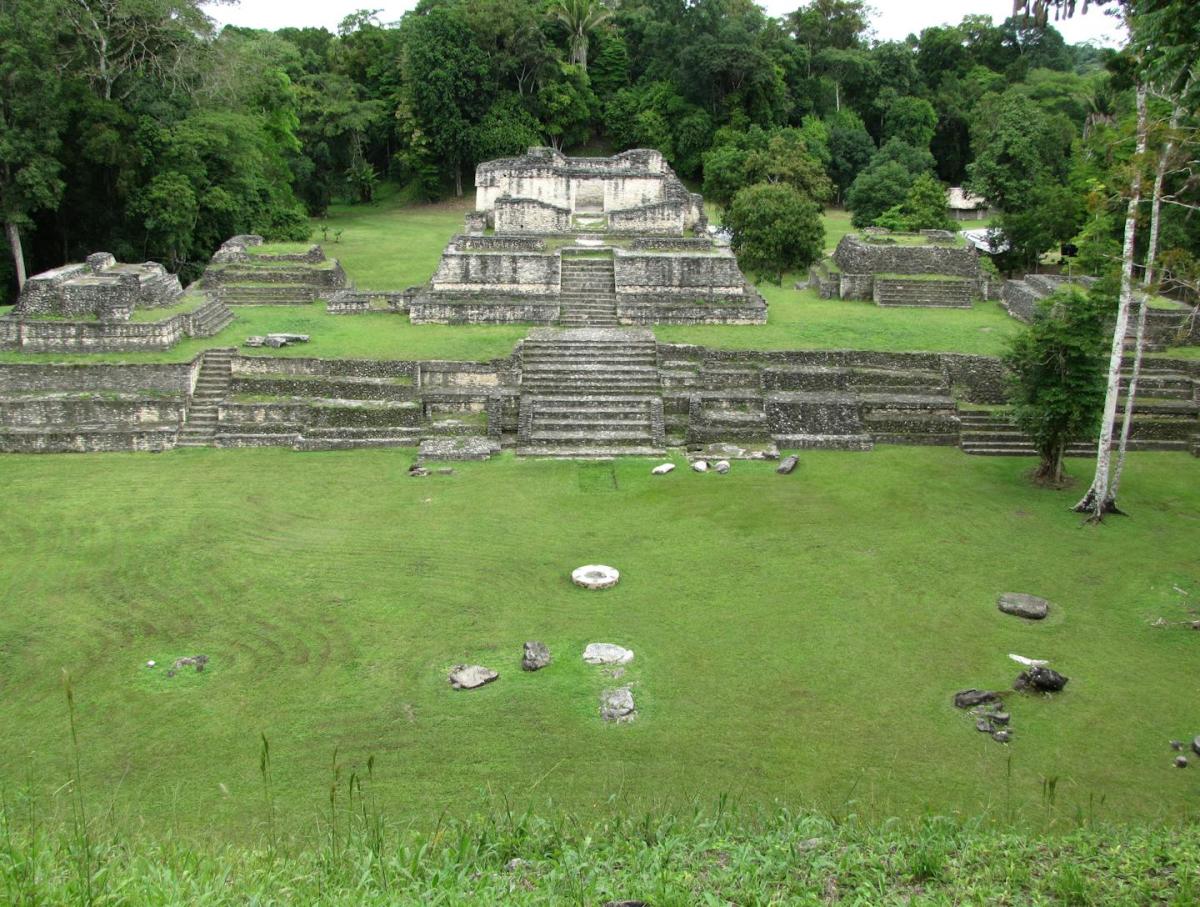Sign up for CNN’s Wonder Theory science newsletter. Explore the universe with news on fascinating discoveries, scientific advancements and more.
When a fossil preserves an animal’s complete body in a death pose, seeing it is observing a snapshot in time. Several such fossils exist for Archaeopteryx — the earliest known bird — and now, a remarkable specimen that was off-limits to scientists for decades is offering previously unseen evidence about the first bird’s ability to fly.
Researchers have long wondered how Archaeopteryx took to the air while most of its feathered dinosaur cousins never left the ground, and some argued that Archaeopteryx was probably more of a glider than a true flier. The first fossils of this Jurassic winged wonder were found in southern Germany more than 160 years ago and are about 150 million years old; to date just 14 fossils have been discovered. But private collectors snapped up some of these rarities, isolating the fossils from scientific study and hobbling investigations into this pivotal moment in avian evolution.
One such fossil was recently acquired by Chicago’s Field Museum of Natural History and has provided answers to the longstanding question about flight in Archaeopteryx. Researchers published a description of the pigeon-size specimen in the journal Nature on May 14, reporting that ultraviolet (UV) light and computed tomography (CT) scans had revealed soft tissues and structures never seen before in this ancient bird. The findings included feathers indicating that Archaeopteryx could achieve powered flight.
While most Archaeopteryx fossil specimens “are incomplete and crushed,” this fossil was missing just one digit and remained unflattened by time, said lead study author Dr. Jingmai O’Connor, a paleontologist and associate curator of fossil reptiles at the Field Museum.
“The bones are just exquisitely preserved in 3D; you really don’t see that in all the other specimens,” O’Connor told CNN. “We also have more fossilized soft tissues associated with our specimen than we’ve seen in any other individual.”
The Archaeopteryx fossil appears under UV light, with the soft tissues alongside the skeleton. - Delaney Drummond/Field Museum
Feathers for flight
Field Museum fossil preparators and study coauthors Akiko Shinya and Constance Van Beek worked on the specimen for more than a year. They spent hundreds of hours scanning and modeling the positions of the bones in three dimensions; chipping away shards of limestone; and using UV light to illuminate the boundaries between mineralized soft tissue and rocky matrix.
Their preparation — a process that took about 1,600 hours in all, O’Connor estimated — paid off. The researchers detected the first evidence in Archaeopteryx of a group of flight feathers called tertials, which grow along the humerus between the elbow and the body and are an important component of all powered flight in modern birds. Since the 1980s, scientists have hypothesized that Archaeopteryx had tertials due to the length of its humerus, O’Connor said. But this is the first time such feathers have been found in an Archaeopteryx fossil.
The surprises didn’t end there. Elongated scale shapes on the toe pads hinted that Archaeopteryx spent time foraging on the ground, as modern pigeons and doves do. And bones in the roof of its mouth provided clues about the evolution of a skull feature in birds called cranial kinesis, the independent movement of skull bones relative to each other. This feature gives birds more flexibility in how they use their beaks.
“It was one ‘Wow!’ after another,” O’Connor said.
The discovery of tertials in particular “is an extraordinary finding because it suggests that Archaeopteryx could indeed fly,” said Dr. Susan Chapman, an associate professor in the department of biological sciences at Clemson University in South Carolina. Chapman, who was not involved in the research, studies bird evolution using paleontology and developmental biology.
“The preparators of the Chicago Archaeopteryx did an outstanding job of preserving not just the bone structure, but also the soft tissue impressions,” Chapman told CNN in an email. “Because of their care, this near complete specimen provides never-before-understood insights into this transitional fossil from theropod dinosaurs to birds.”
However, Archaeopteryx could probably only fly for short distances, she added. Despite having tertials, it lacked certain adaptations for powered flight seen in modern birds, such as specialized flight muscles and a breastbone extension called a keel to anchor those muscles, Chapman said.
An evolutionary turning point
The museum acquired this Archaeopteryx specimen in 2022, and at the time, museum president and CEO Julian Siggers called it “the Field Museum’s most significant fossil acquisition since SUE the T. rex.”
This fossil slab, acquired by the Field Museum in 2022, may not look like much to the untrained eye, but the "spectacular" specimen has yielded a wealth of information about the earliest known bird. - Delaney Drummond/Field Museum
As a link between non-avian theropod dinosaurs and the lineage that produced all modern birds, Archaeopteryx’s evolutionary importance was unquestionable. But in some ways, the museum was taking a big gamble on that particular fossil, according to O’Connor. It had been in private hands since 1990, and its condition was unknown. When it arrived at the museum, scientists weren’t sure what to expect, O’Connor said.
To say that the fossil exceeded their expectations would be an understatement.
“When I found out we were going to acquire an Archaeopteryx, I never in my wildest dreams thought that we were going to end up with such a spectacular specimen,” O’Connor said. “This is one of the most important macroevolutionary transitions in Earth’s life history, because this gives rise to the group of dinosaurs that not only survives the end-Cretaceous mass extinction, but then becomes the most diverse group of land vertebrates on our planet today. So this is a very, very important moment in evolution.”
The significance of such specimens underscores why scientific access should be prioritized over private fossil collection, Chapman added. When fossils are sold for profit and private display rather than for study, “their preparation is often poor, thus losing irreplaceable soft tissue structures,” she said. “Moreover, the value of such specimens to mankind’s understanding of evolution is lost for decades.”
The Chicago Archaeopteryx likely preserves many other important details about bird evolution, O’Connor added. With an abundance of data already collected from the fossil and analysis still underway, its full story is yet to be told.
“There’s going to be a lot more to come,” she said. “I hope that everyone finds it as exciting as I do.”
Mindy Weisberger is a science writer and media producer whose work has appeared in Live Science, Scientific American and How It Works magazine. She is the author of “Rise of the Zombie Bugs: The Surprising Science of Parasitic Mind Control” (Hopkins Press).
For more CNN news and newsletters create an account at CNN.com

 German (DE)
German (DE)  English (US)
English (US)  Spanish (ES)
Spanish (ES)  French (FR)
French (FR)  Hindi (IN)
Hindi (IN)  Italian (IT)
Italian (IT)  Russian (RU)
Russian (RU)  3 weeks ago
3 weeks ago


























Comments